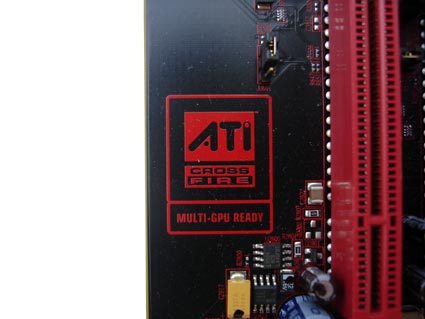NVIDIA Is In The CrossFire
Conclusion
It is clear that like SLI, CrossFire provides a solid foundation for dual graphics gaming. The software support with Catalyst is refreshing in that everything works without having to reset the entire system. The other major advantage of CrossFire is that you can use non-identical cards to achieve higher performance than is possible with one card. From our early observations, the ATI solution also has the better image quality, but we would like to do some more detailed testing on that.
The main drawback of CrossFire is the same as that of its competitor, SLI: cost. The need to purchase a second video card, a new motherboard, and potentially a new processor makes this upgrade a rather expensive proposition. On the bright side, there are some new products coming out of the ATI camp that could bring down the cost of a dual card solution.
Of course we can't say much more about the future until it is here, but we can say that we think CrossFire will look even better when that time comes. For now, one thing is certain: NVIDIA's and ATI's dual solutions are both contenders, and the battle for the top spot in graphics just got hotter.
Stay tuned to THG for more news as developments unfold. We will be conducting future tests to assess the power consumption of both setups. We will also take some time to look at the pros and cons of using faster and slower cards in conjunction with the X800XT Master. Finally, we will also use an AMD FX-57 to see if there are cumulative benefits from pairing the added performance gains of a faster processor with CrossFire.
CrossFire is Multi-GPU ready! Are you ready to jump into the CrossFire?
Get Tom's Hardware's best news and in-depth reviews, straight to your inbox.
